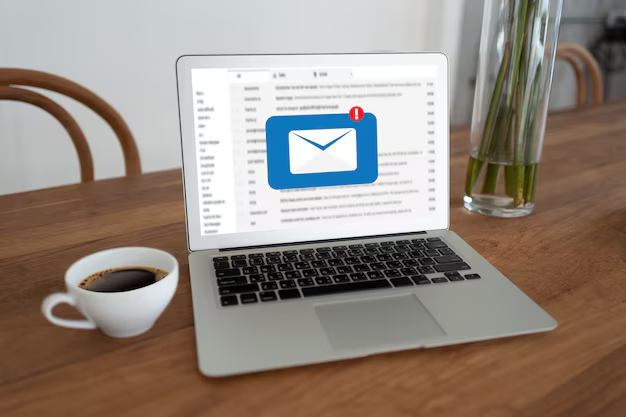Do You Receive Emails from the Social Security Administration? Here's the Truth
In the digital age, email communication has become a staple of our daily lives, but it's essential to differentiate between legitimate and fraudulent messages, especially when sensitive information is at stake. When it comes to the Social Security Administration (SSA), understanding their communication methods can protect you from potential scams.
How the Social Security Administration Communicates
The Social Security Administration typically does not send emails to individuals out of the blue. When they do use email, it's usually part of a conversation initiated by an individual through a secure, official SSA channel. Most of the traditional communication from the SSA is conducted through regular mail or telephone to ensure security and confidentiality.
Red Flags to Watch For
If you receive an unexpected email claiming to be from the SSA, keep these points in mind:
- No Immediate Action Required: The SSA will never threaten you with immediate legal action or coercion via email.
- No Requests for Personal Details: They will not ask for your Social Security number, bank account information, or credit card numbers through email.
- Official Sources Only: Genuine SSA emails only follow secured channels that you have personally engaged with.
What to Do If You Receive a Suspicious Email
Should a suspicious email claiming to be from the SSA land in your inbox, here are some practical steps to take:
- Do Not Respond: Avoid replying or clicking on any links.
- Check Sender's Email: Legitimate emails from the SSA will typically have a .gov extension.
- Contact SSA Directly: Verify by contacting them via their official website or through their customer service number.
While email may not be the primary mode of communication from the SSA, there are other avenues to obtain assistance for those navigating financial challenges. Let's explore some of these alternatives:
Expanding Your Financial Safety Net
1. Government Aid Programs: Several federal and state programs are designed to support individuals in need of financial assistance. These include but are not limited to:
- Supplemental Security Income (SSI): Aids individuals with limited income and resources.
- Medicaid: Health coverage tailored for low-income individuals.
2. Credit Card Solutions: If managing debt is your focus, consider options like:
- Credit Counseling Services: Offers professional advice and strategies to reduce financial burdens.
- Balance Transfer Cards: These cards may offer 0% interest for a limited period to manage high-interest debts effectively.
3. Educational Grants and Scholarships: For those looking to improve their financial standing through education:
- Federal Pell Grants: Non-repayable grants for low-income undergraduate students.
- State-Specific Grants: Individual states provide unique opportunities to residents seeking educational enhancement.
Staying informed about the SSA's practices, and exploring various support resources, can yield substantial benefits. Let this guide be your first step toward ensuring financial safety and making informed decisions. Below is a quick roundup of assistance options available to you:
📉 Financial Assistance Options:
- SSI & Medicaid: Access healthcare and financial support programs.
- Credit Counseling: Seek advice to manage and reduce debts effectively.
- Balance Transfer Cards: Consider a short-term, interest-free reprieve for credit card debt.
- Federal Pell Grants: Non-repayable financial aid for education.
- State Grants: Unique grants and scholarships for residents.
By understanding your resources and recognizing legitimate communications, you can confidently manage your financial future.

Related Topics
- a Social Security Card
- Are People On Social Security Getting $250
- Are Social Security Benefits Taxable
- Are Social Security Benefits Taxable Income
- Are Social Security Benefits Taxed
- Are Social Security Checks Late This Month
- Are Social Security Disability Benefits Taxable
- Are Social Security Earnings Taxable
- Are Social Security Numbers Recycled
- Are Social Security Numbers Reused